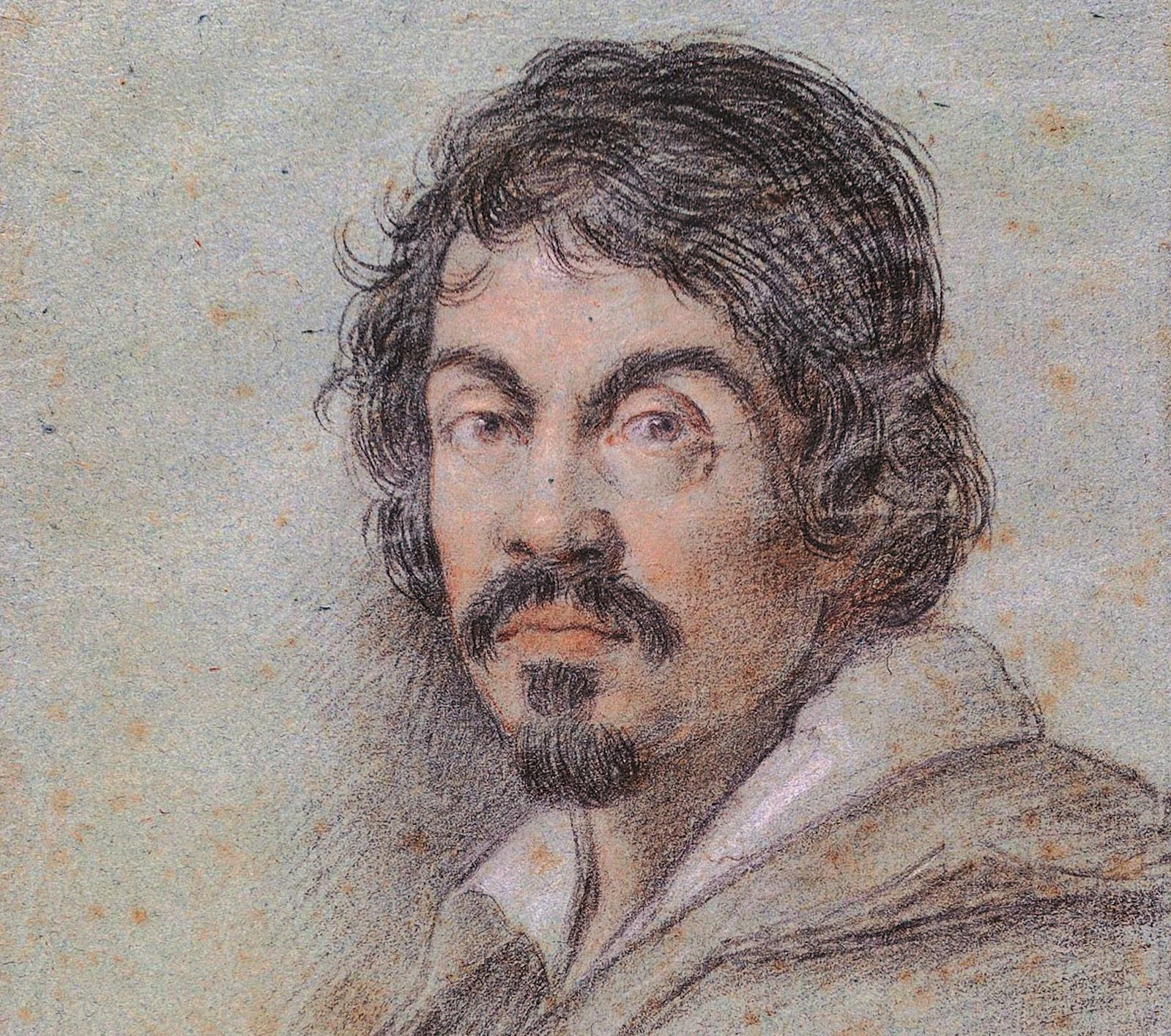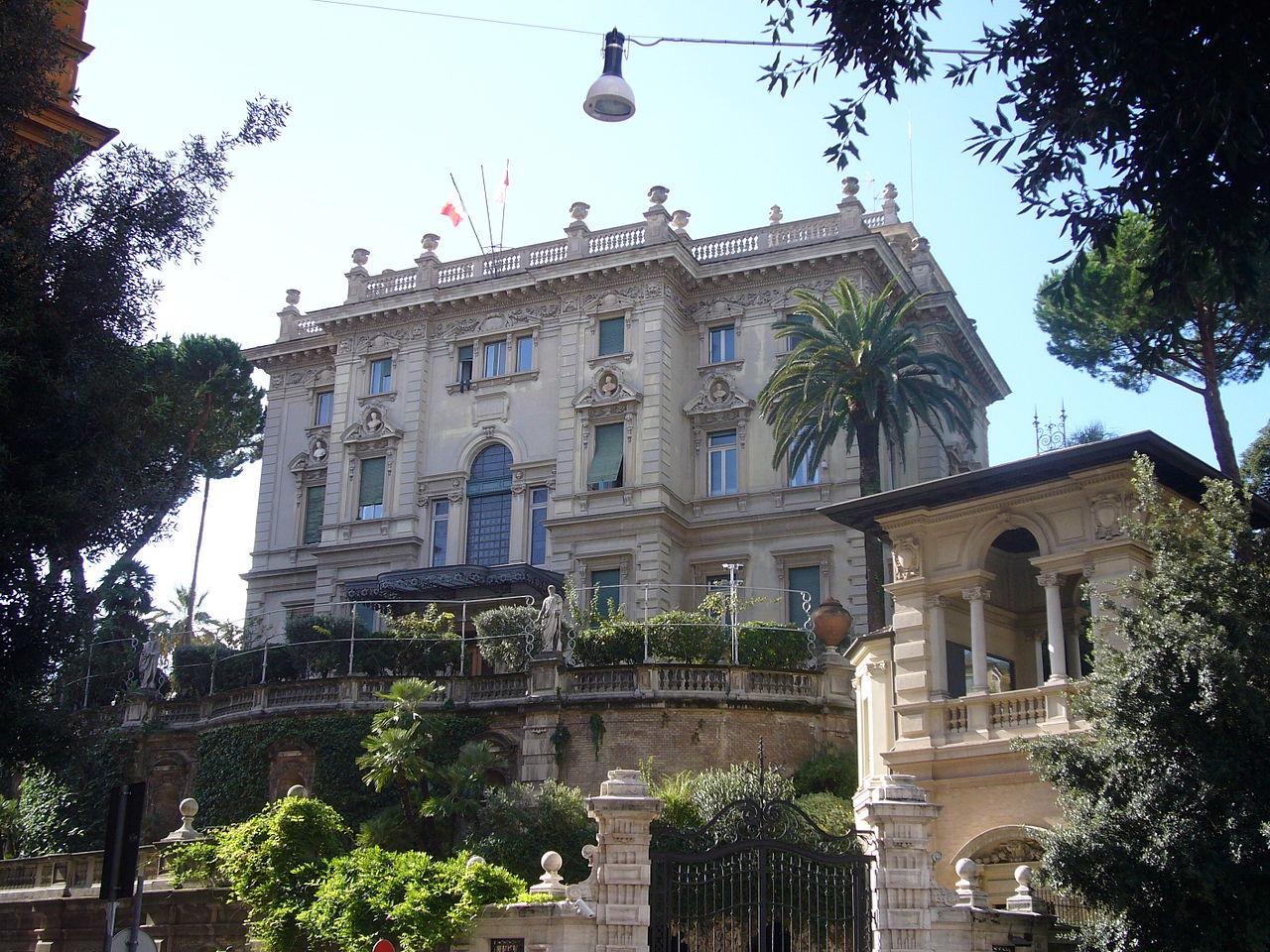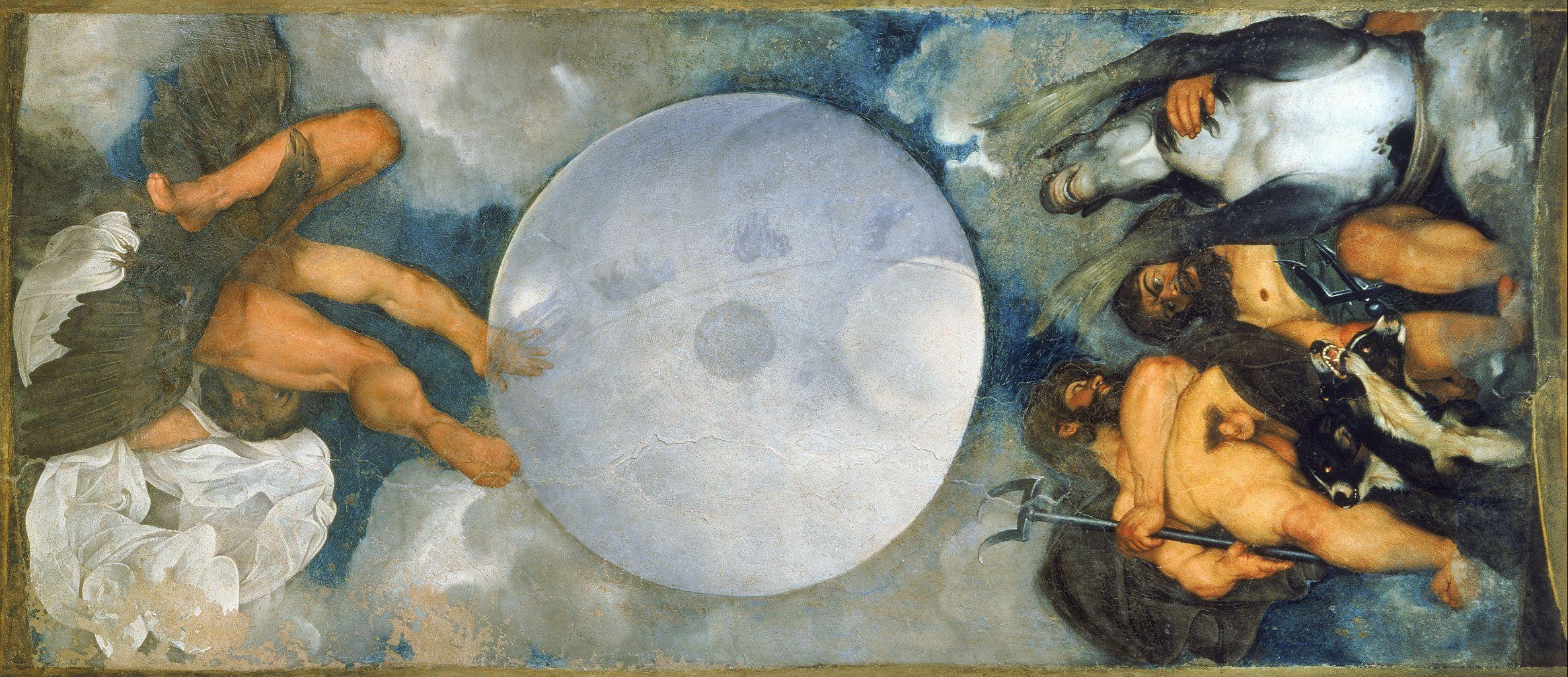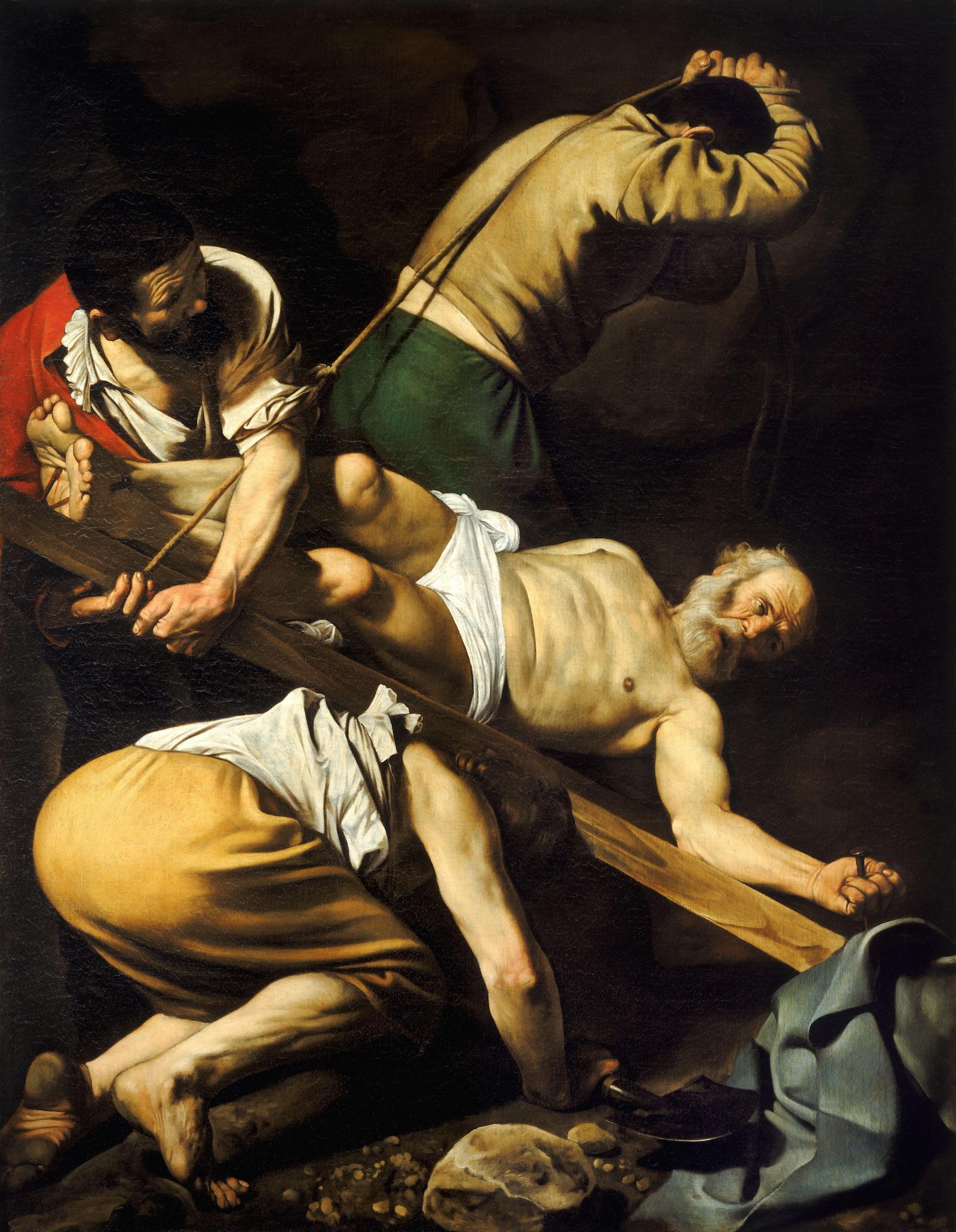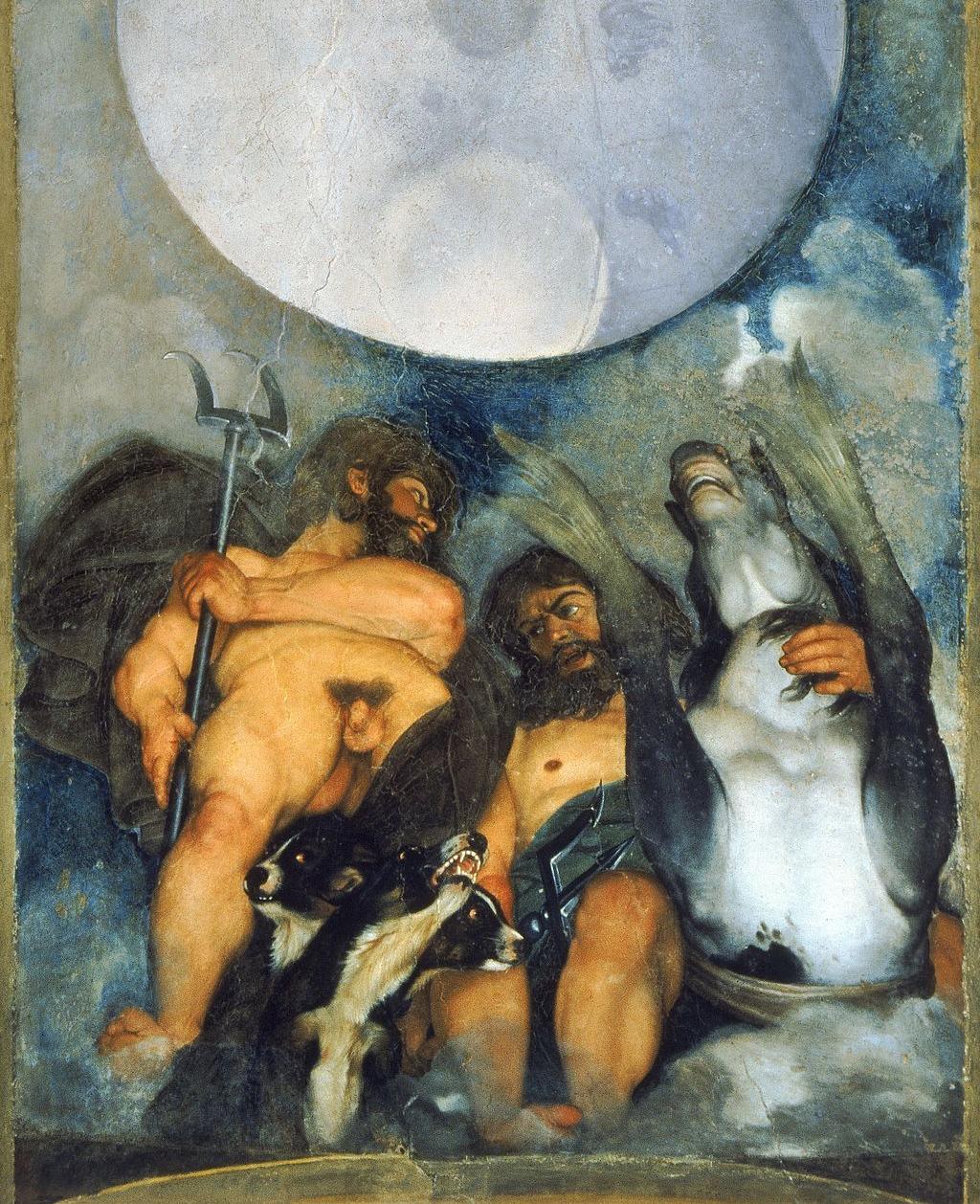The current record real estate sale concerns a Hong Kong residence. That 51,000 square-foot home sold for around $361 million. Villa Aurora is estimated to pull $545.8 million (€471 million). According to multiple sources, the property is in need of several restorative projects which could cost the buyer an additional $13 million (€11 million).
Italy's Ministry of Culture currently protects Villa Aurora and, as such, the state will have an opportunity to buy the property once a price has been settled on in auction. However, it is perhaps unlikely that the state will be able to afford such a purchase as it will have to meet the amount settled on by bidders.
The property—the sole remaining building of a once far-larger, sixteenth-century estate—is still over 30,000 square feet and currently contains other treasures including statues dating to 500 BC and nine additional ceiling murals painted by other leading sixteenth-century artists.




